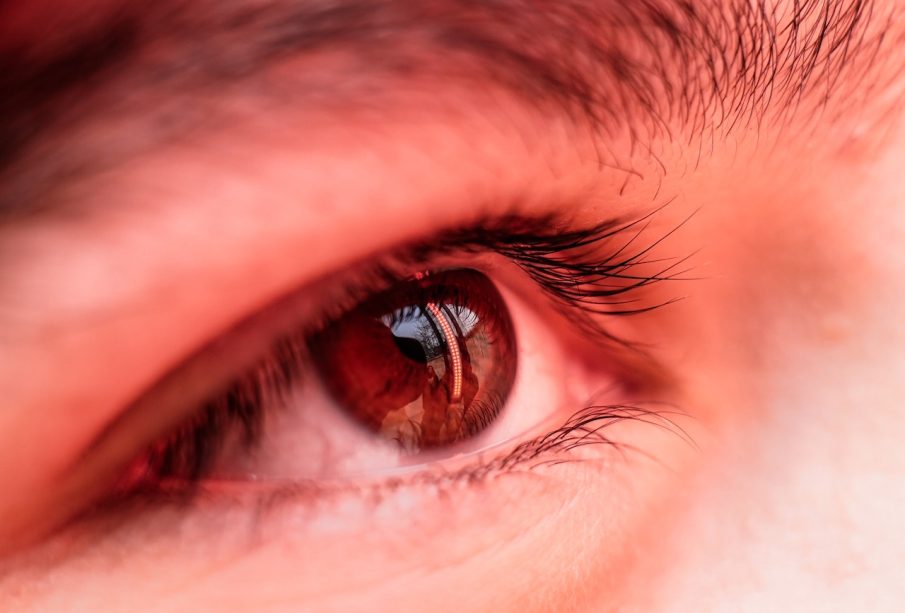Which Disease May Affect Eyesight

Good eyesight is essential to living a healthy, vibrant life. Unfortunately, disease can cause vision loss and even blindness. But which diseases can affect your eyesight? In this article, we’ll explore the various diseases that may lead to vision loss or blindness, from age-related macular degeneration (AMD) to glaucoma and more. We’ll also discuss what you can do to reduce your risk of developing these conditions and how you should seek medical attention if you suspect you may have one of these illnesses. Read on for more information about which diseases may affect your eyesight!
Symptoms of the disease
There are many symptoms of the disease that may affect eyesight. The most common symptom is blurred vision. Other symptoms include eye pain, redness, and sensitivity to light. If left untreated, the disease can lead to blindness.
There are a few different symptoms that may be indicative of a disease that could affect eyesight. These can include changes in vision, such as blurred vision or difficulty seeing in low light; pain in or around the eyes; redness or swelling of the eyes; discharge from the eyes; and increased sensitivity to light. If you experience any of these symptoms, it’s important to see an eye doctor right away to determine if there is a more serious problem.
There are many different symptoms that can be associated with a disease that may affect eyesight. These symptoms can range from mild to severe, and in some cases, they may even lead to blindness. Some of the most common symptoms of a disease that may affect eyesight include:
Blurry vision
difficulty seeing in low light
difficulty seeing at night
double vision
seeing floaters or flashes of light
If you experience any of these symptoms, it is important to see an eye doctor as soon as possible. They will be able to determine if you have a disease that may affect your eyesight and provide you with the appropriate treatment.
Read More : How rare are Sanpaku Eyes
How the disease affects eyesight
One of the most common ways that the disease affects eyesight is through what are called retinal detachments. In a retinal detachment, the retina—the layer of nerve tissue that lines the inside back wall of your eye and senses light—is lifted or pulled away from its normal position. A retinal detachment can occur spontaneously, but it is also frequently associated with other eye conditions such as diabetic retinopathy, age-related macular degeneration (AMD), and high myopia (nearsightedness).
When the retina detaches, it is no longer able to sense light. As a result, you may see floaters (tiny specks or strands that appear to float in your field of vision) or flashes of light. If not treated promptly and effectively, a retinal detachment can cause permanent vision loss.
Another way that the disease may affect eyesight is through cataracts. A cataract is a clouding of the eye’s natural lens, which lies behind the iris and pupil. Cataracts usually develop slowly and painlessly over a period of years. Early on, you may notice that your vision becomes slightly blurred or yellowed. As the cataract progresses, your vision may become more noticeably cloudy, making it difficult to read or see clearly at night. In addition, colors may seem faded and glare from lights may become more bothersome.
Also Check it : Celebrities with Sanpaku Eyes
How to prevent the disease
There are many ways to prevent the disease from affecting your eyesight. The most important thing you can do is to get regular checkups with an eye doctor. This will allow the doctor to catch any problems early and treat them before they cause serious damage.
You should also eat a healthy diet and avoid smoking. These habits can help keep your eyes healthy and reduce your risk of developing the disease.
Finally, use sunglasses that block at least 99% of the sun’s ultraviolet rays. This will help protect your eyes from the UV radiation that can damage the macula and retina over time.
Treatments for the disease
There are a number of different treatments for the disease, depending on the severity of the condition. If the disease is caught early enough, treatment may be as simple as wearing glasses or contact lenses. In more severe cases, surgery may be necessary to correct the problem.
There are a number of different treatments for the disease, depending on the severity of the condition. For mild cases, over-the-counter artificial tears may be all that is needed to help with symptoms. More severe cases may require prescription eye drops, ointments, or even surgery. In some cases, the disease can be managed with lifestyle changes, such as wearing sunglasses or avoiding smoke and other irritants.
There are a number of treatments that can be effective in managing the disease and its symptoms. These include:
-Medications: There are a number of different medications that can be used to manage the disease, depending on the severity of the condition.
-Surgery: In some cases, surgery may be necessary to correct vision problems or other issues caused by the disease.
-Therapy: Therapy can be helpful in managing the emotional and psychological impact of the disease.
-Support groups: There are a number of support groups available for people with the disease and their families. These can provide valuable information and support.
Also Read : What Causes Sanpaku Eyes
Conclusion
In conclusion, there are a variety of diseases that can affect eyesight and it is important to be aware of them. Being proactive about your eye health is key in helping to identify any potential issues early on. If you have any concerns or experience any symptoms, it’s important to contact your doctor or optometrist for an evaluation as soon as possible. With the right diagnosis and treatment plan, many vision problems can be managed and even reversed so don’t hesitate to seek help if needed.










